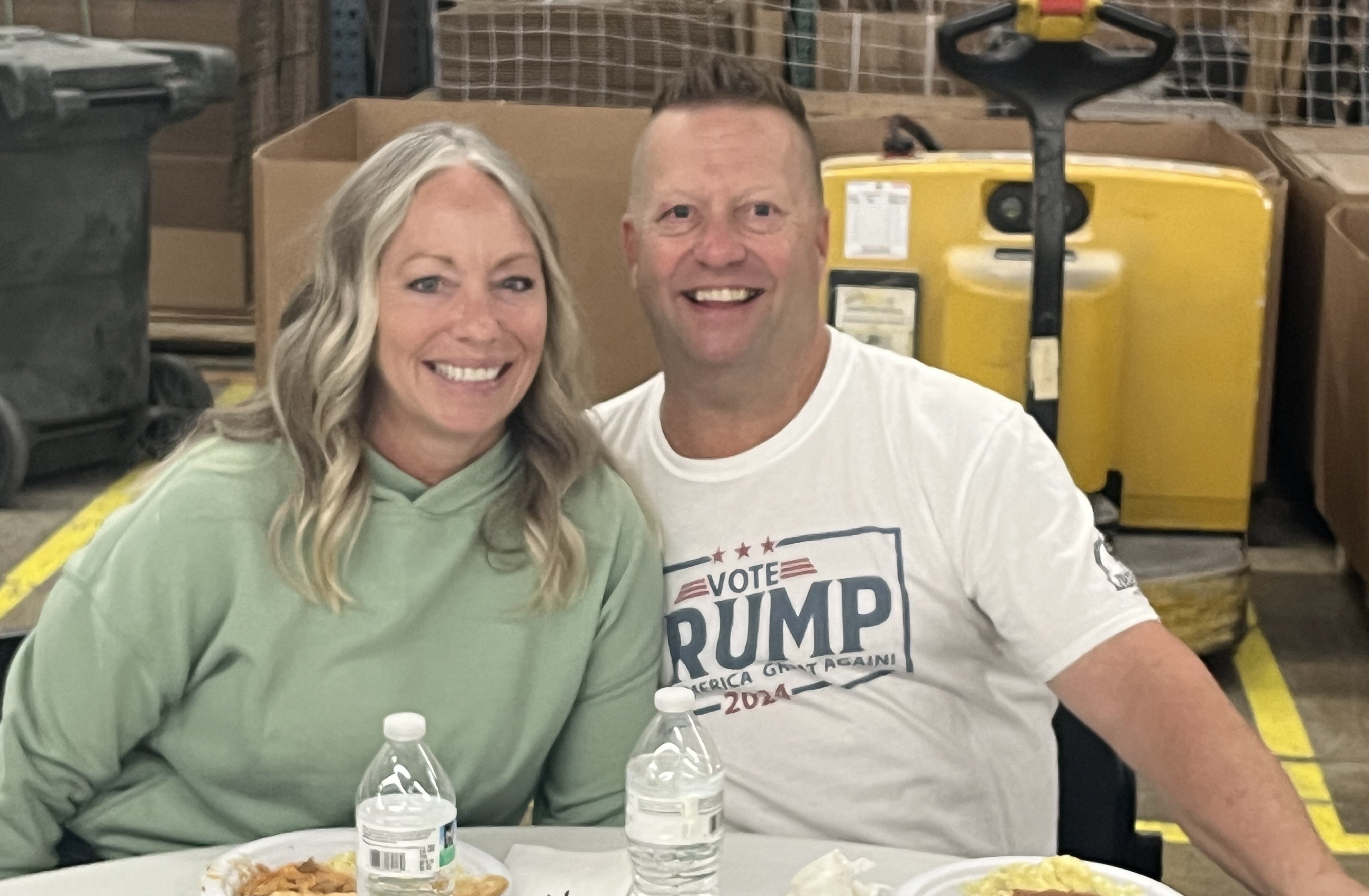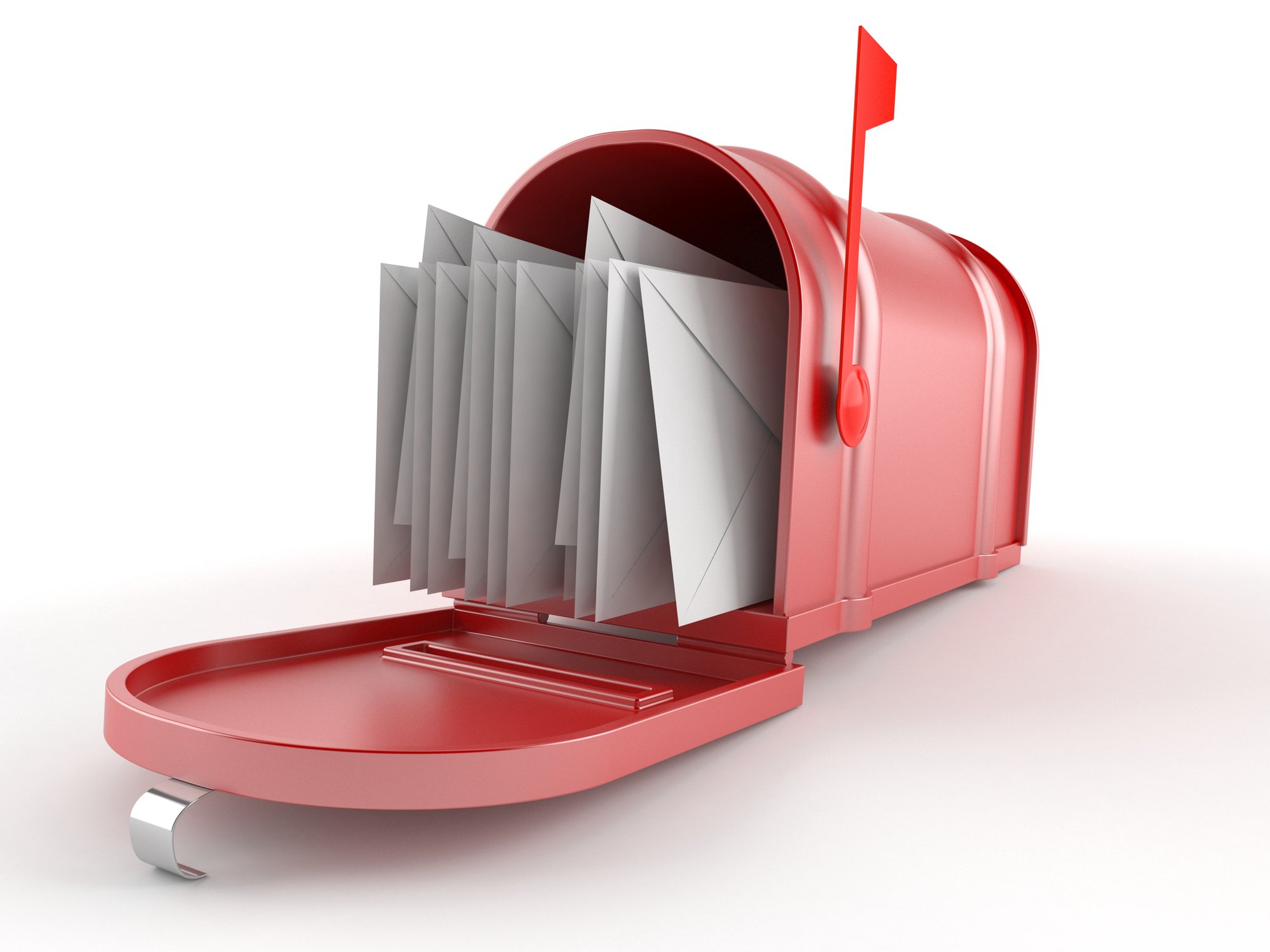July 26, 2016 at 4:41 PM
Print Buyer's Guide to Web Printed In-Line Finished Booklet Self-Mailers
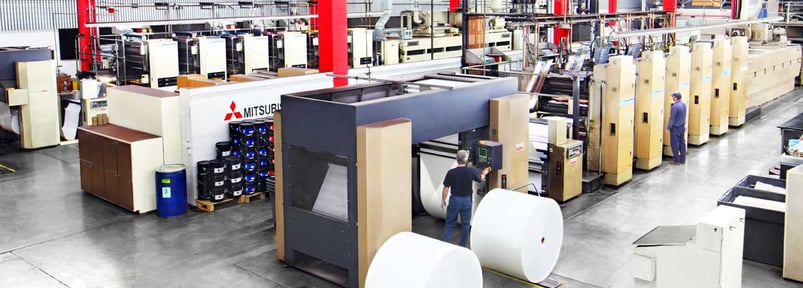
Since then the format has become quite popular, especially with warehouse clubs, big box stores, and retail chains. A 12-page booklet provides a lot of space for tempting consumers with an array of products and services. Designed to meet postal requirements for mailing at automated letter rates, combined with high speed printing and addressing, web offset printed booklets offer incredible value. If you are not familiar with the printing and finishing process you may find the following info useful.
For this example the booklet is 12-pages with a 2-3/4” flap and a finished size 5-1/2” x 9-1/2”. The booklet starts as a 38” wide role of paper stock. The sheet cutoff size is 22-3/4”, determined by the circumference of the plate rollers, accommodating two 9-1/2” booklets running with the grain the length of the web. Instead of sheeting at the end of the press, blades trim the left and right sides to a width of 32-1/2” followed by slitting into three ribbons, each a 4-page signature. The ribbon with the front and back cover (pages 1/2 and 11/12) includes the 2-3/4” short panel. The two ribbons with inside pages run through plow folders which fold them in half to 5-3/8”. Then all three ribbons converge and position with the aid of brushes for exact placement before a thin line of glue is applied lengthwise to the bottom and middle ribbon. The three ribbons are pressed together by rollers, forming the spine. Now a third plow folds the short panel to wrap over the inside pages. Fugitive glue is applied to the right edge of this 2-3/4” flap and a fourth plow folds the front cover over to a finished size 5-1/2”. Next the glue-welded ribbon passes under the ink-jet, which sprays the mailing address information onto the piece before the head and foot are cut off to separate the pieces into individual books. At the end of this automated finishing line the mail pieces are placed in mail trays and palletized for postal acceptance. All of this happens at high speed, up to 50,000 mail pieces per hour. It is truly amazing to see running full tilt.
Here are a few tips to consider when planning this sort of project.
- The paper stocks most commonly chosen include 70# or 80# matte or dull book, but uncoated and gloss coated text stocks are also suitable.
- Adding a satin or gloss varnish is encouraged, but not required. The coating enhances aesthetic appeal while also protecting the piece during mailing. On a 6-unit full web press you can print 4-color process plus, for example, add an overall satin varnish and a high gloss spot varnish to make selected images pop.
- Ink-jet personalization may include more than the mailing name and address. Multiple ink-jet heads can be used to variable image additional locations within the mail piece.
- It is possible to ink-jet variable graphics, such as store location maps.
- Copy should be kept a minimum of a quarter inch away from the spine.
- Inclusion of a short panel to wrap the inside pages is not required. Designing your piece with the inside pages 3/8” narrower than the cover allows the fugitive glue to be applied on the inside of either the front or back cover to seal the piece for mailing.
- In-line pattern perforation is an available option, ideal for placement of coupons on a short panel.
- Other popular sizes include 6” x 9” and 6” x 10-1/2” in both 8-page and 12-page formats.
The popularity of web printed booklet self-mailers is understandable when you consider the cost and time savings, the large amount of space for content, and the deeply discounted postage available for automated letters. If your marketing strategy includes direct mail, which it absolutely should, explore your options and give serious consideration to choosing a booklet self-mailer. If you have questions or would like more information, one of our sales representatives would be happy to discuss your project with you.


Popular Posts
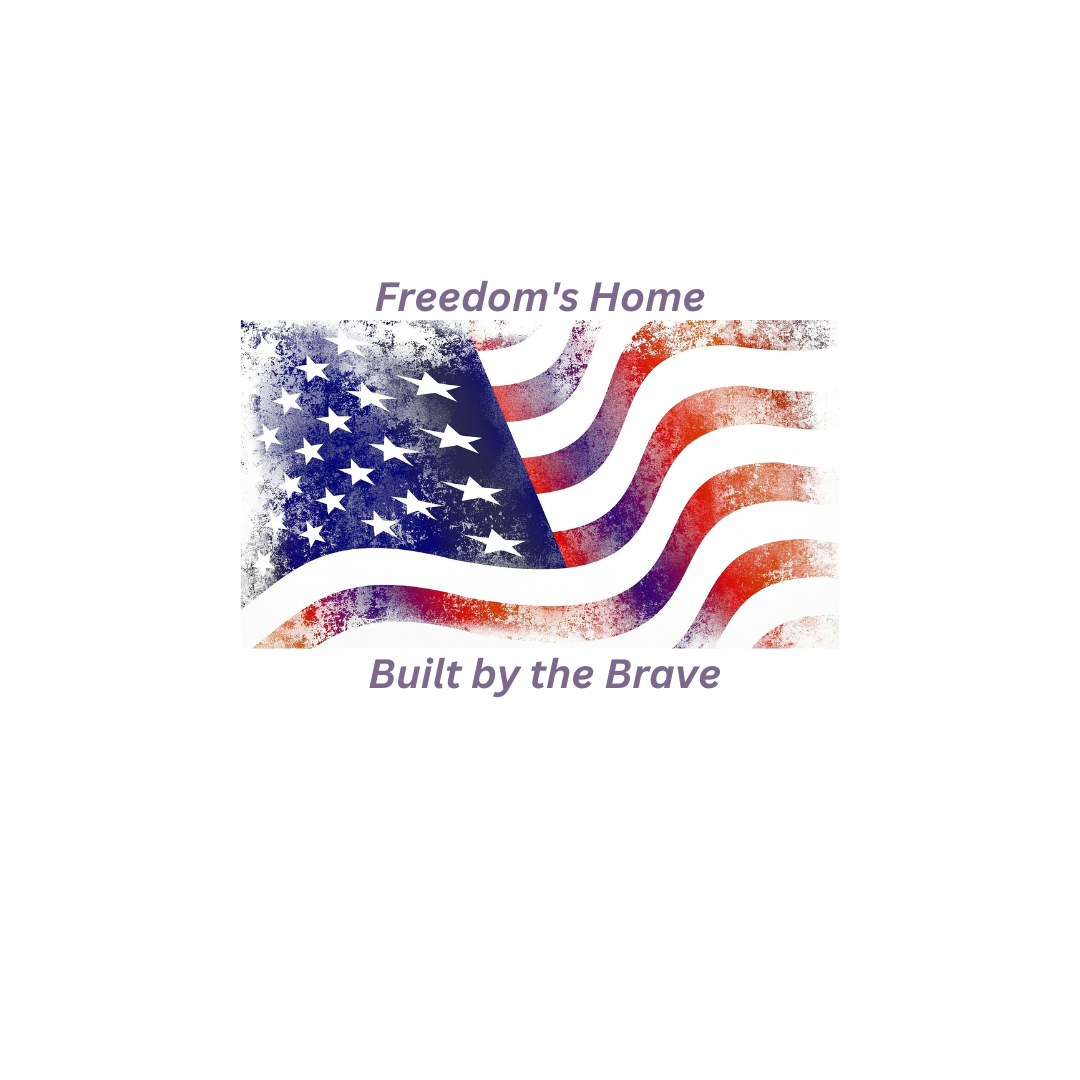
Memorial Weekend
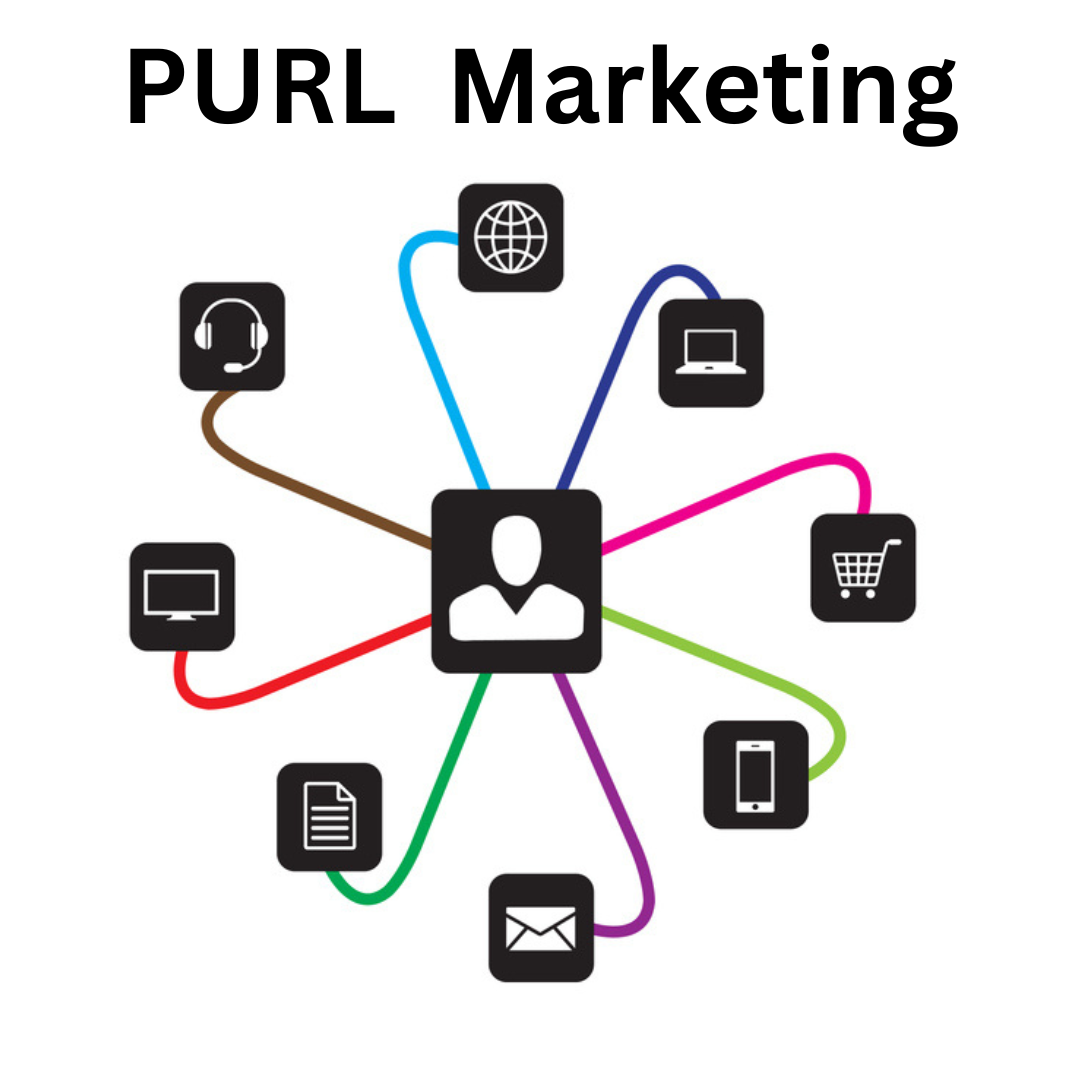
Landing Pages
Learn Why Omnichannel Marketing is Trending
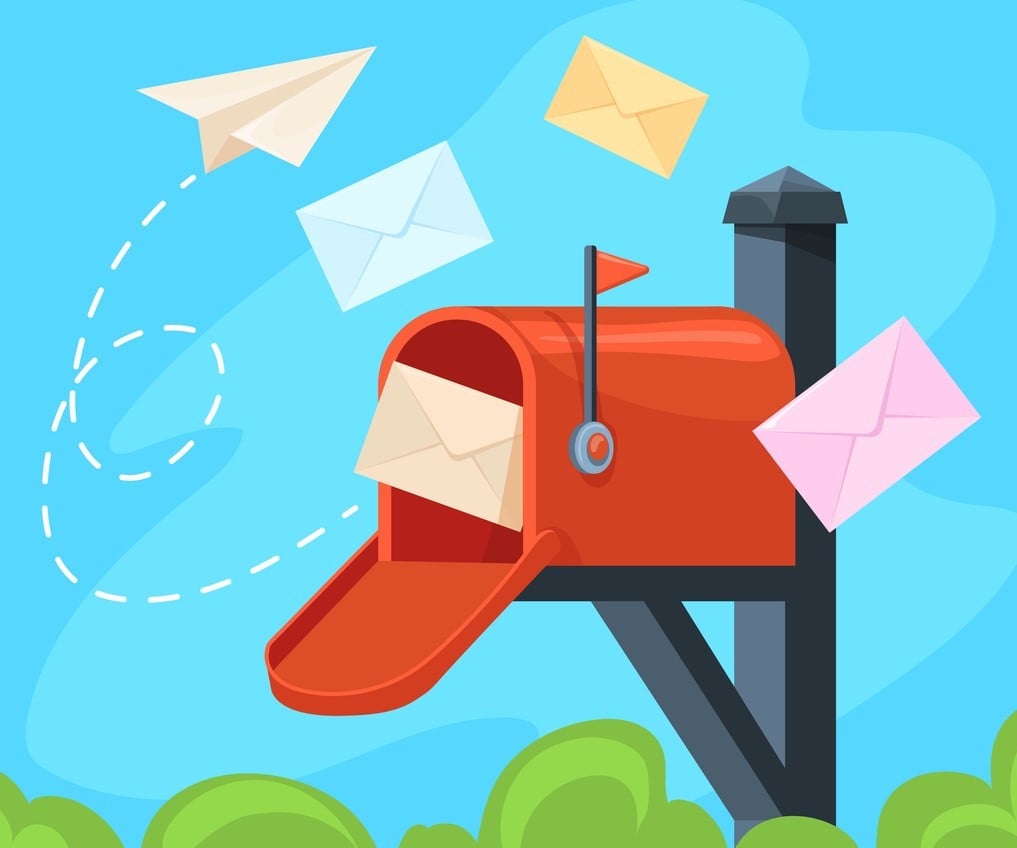
Direct Mail
